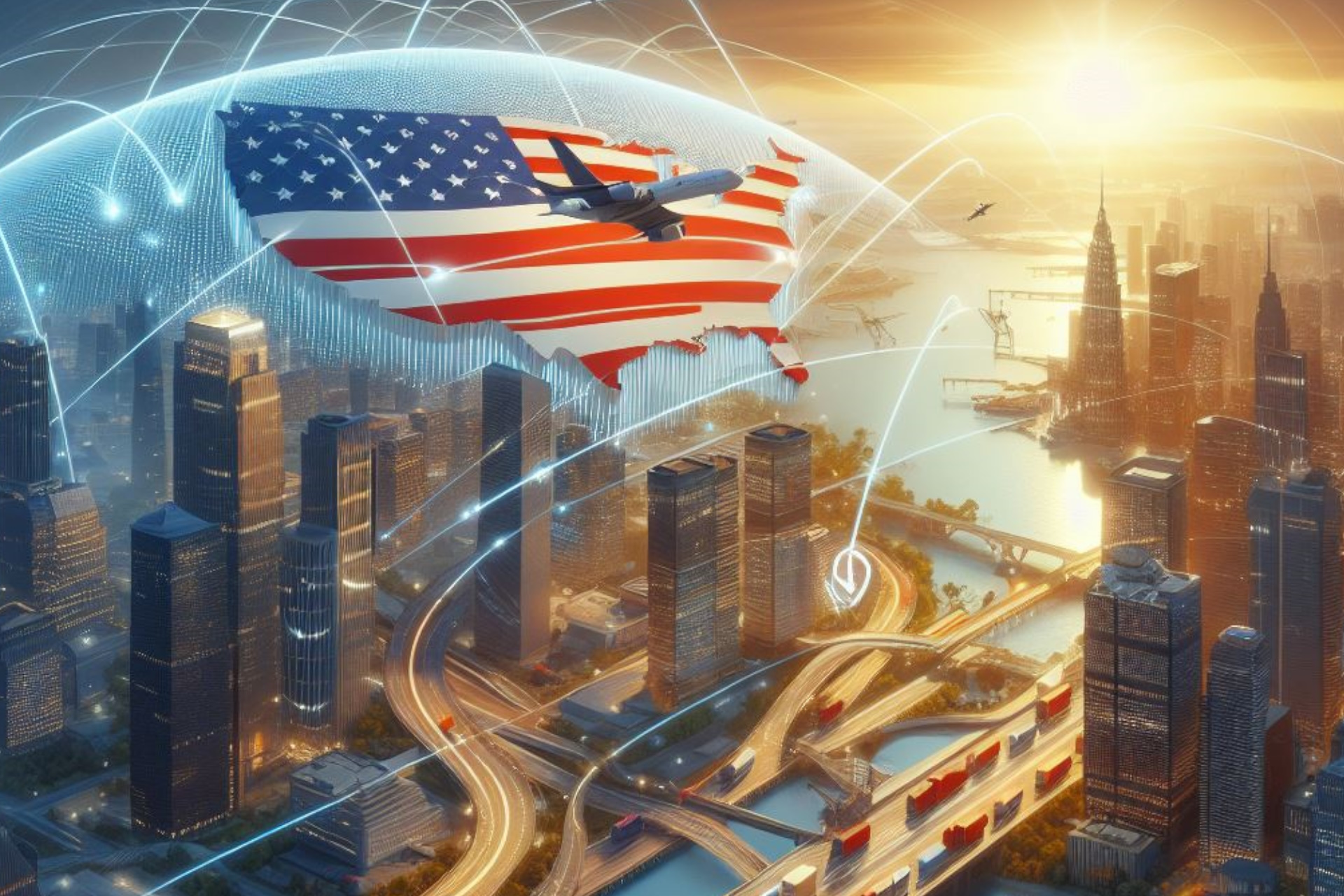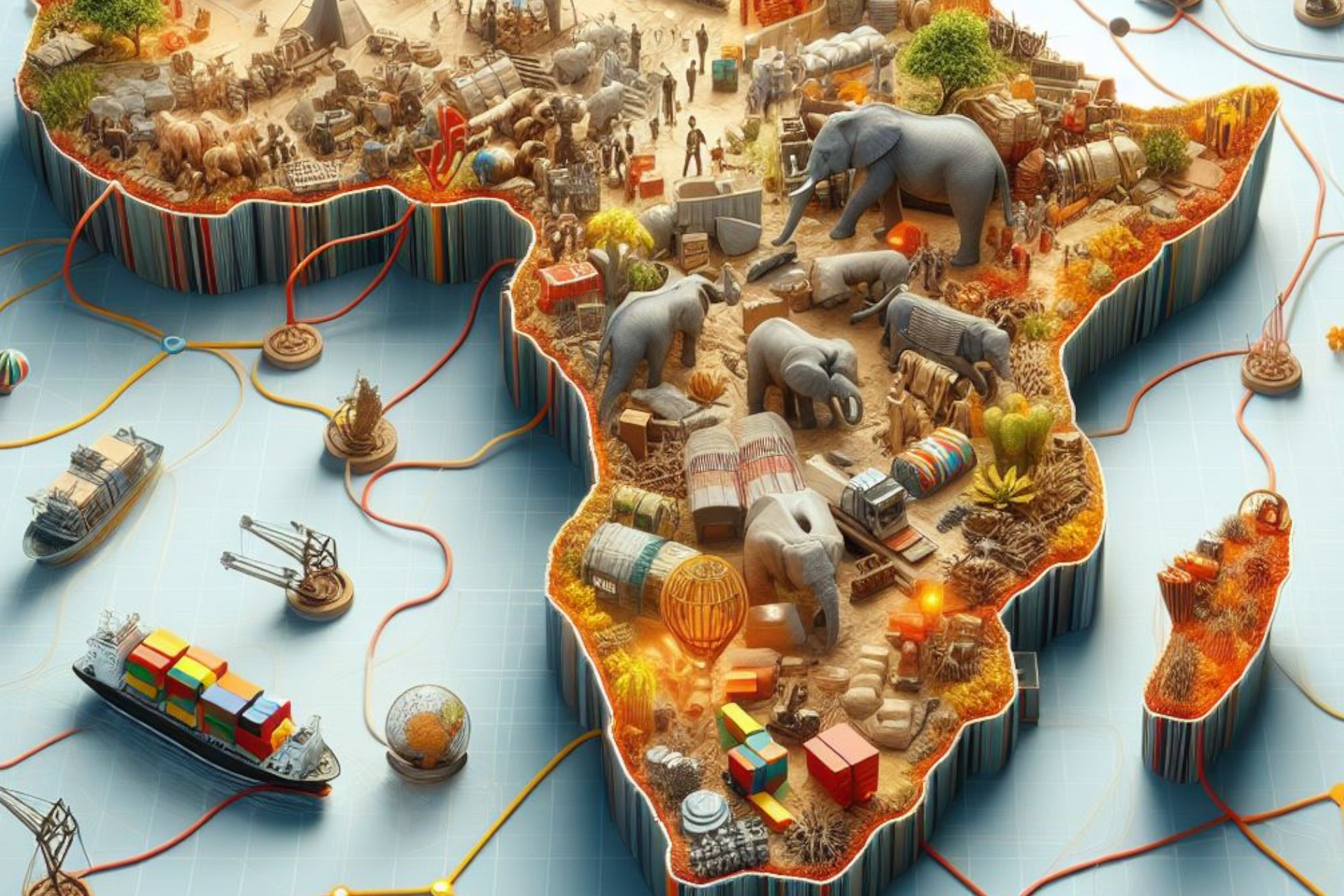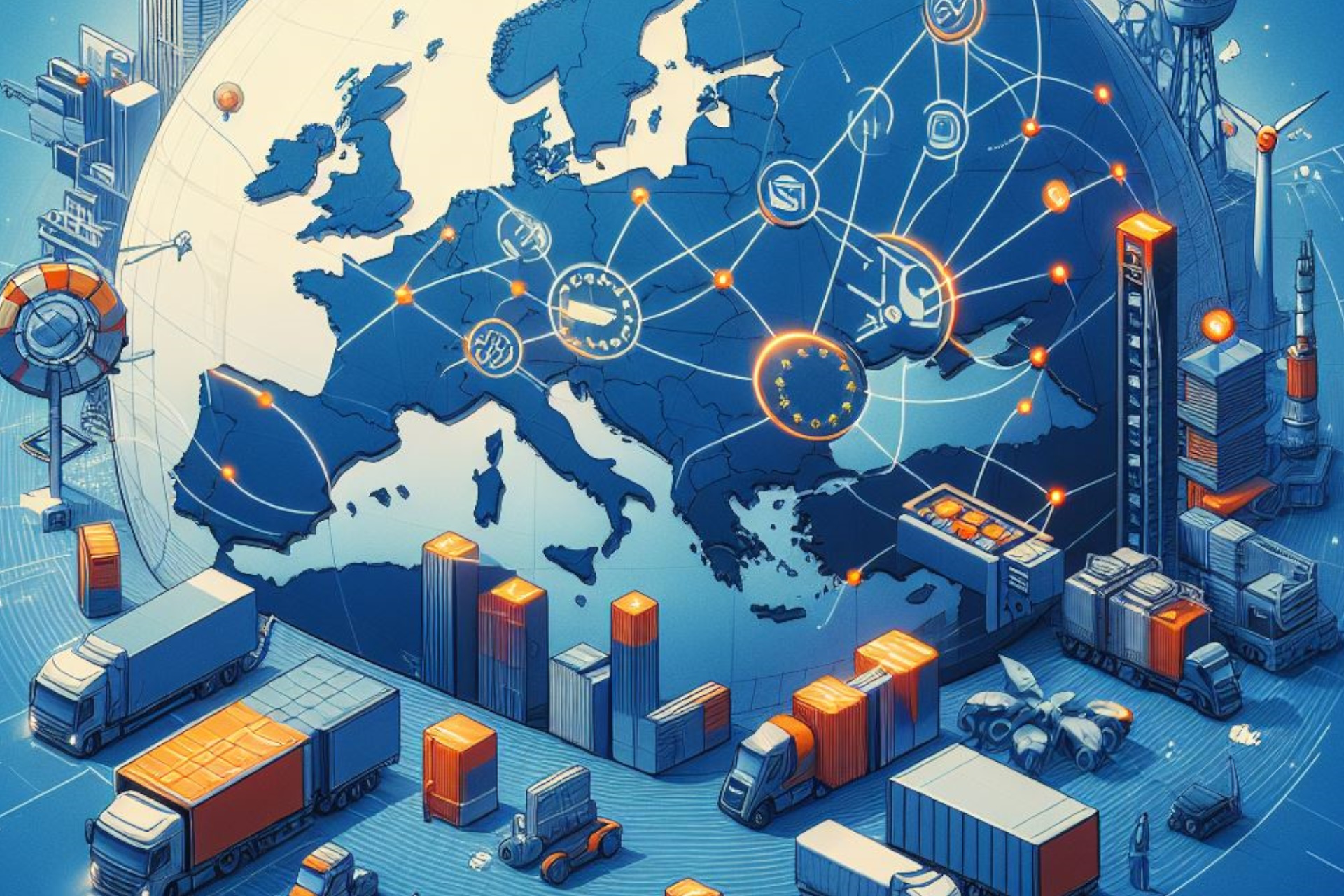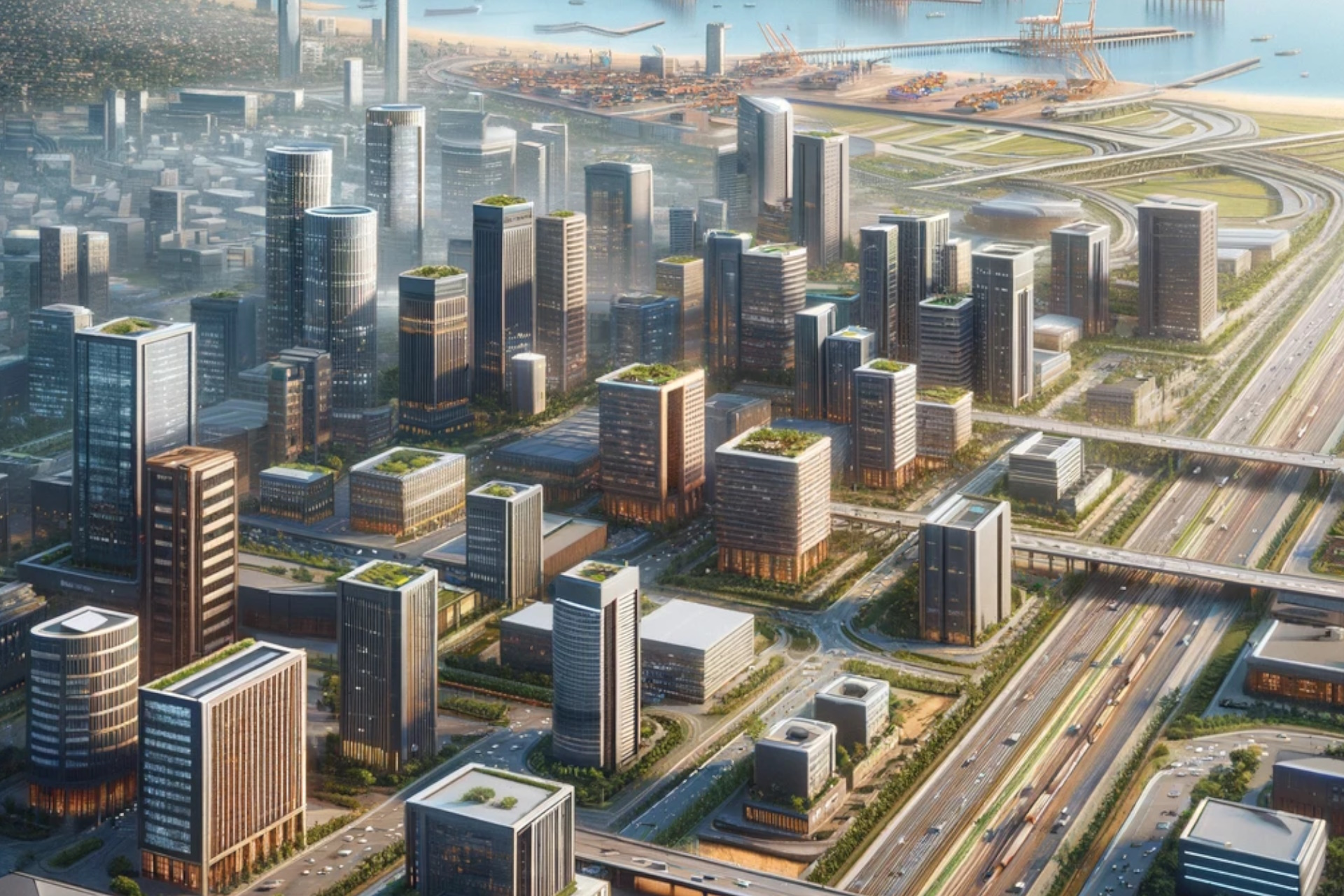International trade fairs and exhibitions offer an insider's view into the dynamic world of global commerce. They are platforms for showcasing products, networking, and gauging industry trends. Despite challenges such as logistical complexities and high costs, their benefits are substantial. The future looks set to embrace a hybrid model, merging the advantages of physical and virtual trade events.
International trade fairs and exhibitions have long been a vibrant part of the global commerce ecosystem. These events are dynamic marketplaces where ideas, products, and partnerships come to life, presenting a unique insider's view into the heartbeat of global trade.
At these fairs, businesses showcase their products, services, and innovations, with the goal of attracting buyers, investors, and partners. Exhibitors often go to great lengths to make their booths stand out, using creative displays, demonstrations, and interactive experiences. This is an aspect of trade that transcends the transactional; it's about storytelling and creating lasting impressions.
Trade fairs also serve as key networking platforms. They offer unparalleled opportunities to meet industry peers, potential clients, and thought leaders. The insider's experience is one of bustling activity, with meetings, seminars, and impromptu conversations taking place at every corner. For many, the connections made at these events become the basis of future collaborations and business growth.
Another fascinating element of trade fairs is their role as a barometer of industry trends. Walking the exhibition halls, one can gain insights into the latest technological advancements, emerging market needs, and shifts in consumer behavior. These events often act as launchpads for innovative products and solutions, offering a preview of the future of the industry.
However, participating in international trade fairs is not without challenges. Businesses must navigate logistical complexities, cultural differences, and often high costs. Yet, for many, the benefits outweigh these hurdles. Trade fairs offer visibility, market insights, and networking opportunities that are hard to replicate elsewhere.
The advent of virtual trade fairs and exhibitions in recent years has added a new dimension to this landscape. These digital events allow for wider participation, overcoming geographical limitations and reducing costs. They also leverage technology to enable virtual networking, product demonstrations, and webinars.
Despite the digital shift, the value of in-person interaction remains undisputed. As such, the future of trade fairs is likely to be a hybrid model, combining the best of both physical and digital experiences.
Related Information



















































